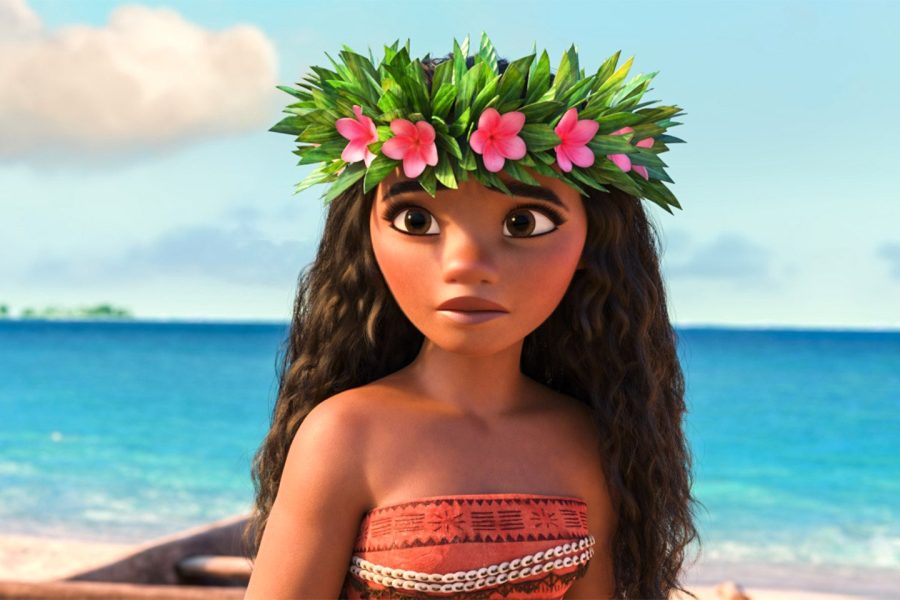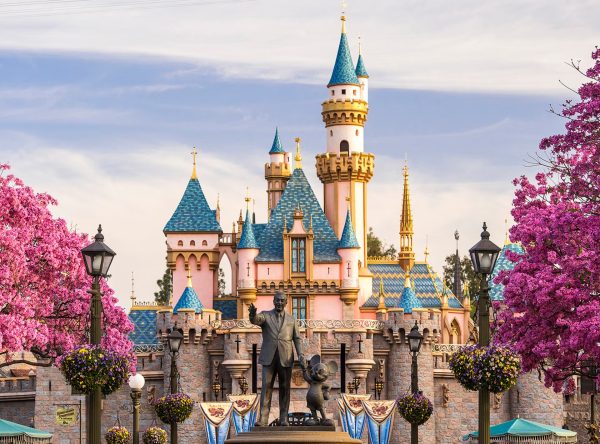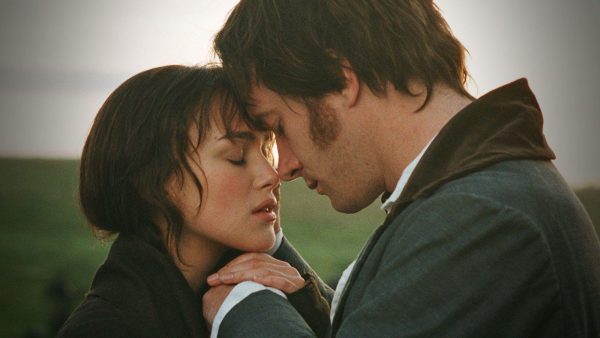Princesses As Role Models: Classic vs. Modern
April 6, 2022
Through the years, generations of young girls have grown up admiring princesses, but over time, a lot of speculation has arisen about whether on-screen princesses are good role models for kids. The princess movies we consider to be classics (Snow White, Cinderella, Sleeping Beauty, etc.) can come across as outdated compared to the most recent releases, and critics question whether the morals and characteristics of classic princesses remain relevant to today’s generation of children.
The mutual concern among many parents is the way classic princesses are depicted, as well as how their simple storylines can have a discouraging impact on the progress women have made throughout history. When determining the relevancy of classic princesses today, the time period in which those movies were released reveals much about the characters themselves. The first few Disney princess productions were released around 1940-1960. During this time, women, although having gained suffrage, were still suppressed by the superiority of men. Women remained in domestic roles and were not yet accepted as empowering figures in society. These movies, in turn, reflected women’s lower rank in society simply because of the social norms of their time. Most of the stories often emphasize patriarchal values that society is hoping to move away from. Along with hints of male dominance and dependence that can be tucked away in parts of these movies, classic princesses portray an unrealistic body image with minimal diversity. On the flip side, many think that classic princesses can still offer inspirational lessons to kids. These parents argue that the common “positive can-do attitude” and selflessness among classic princesses remain necessary teachings for children.
Beginning in the 1990s, princesses began to evolve, varying in their features, storylines, and attitudes. Both Belle in Beauty and the Beast and Mulan in Mulan gave our screens the first glance into princess figures having a strong sense of independence, and Shrek’s princess Fiona diverged from the typical picture-perfect body image associated with princesses. A surge of diversity had also struck our screens, incorporating several cultures and races through the stories of Jasmine, Tiana, Merida, and Moana. These stories also strayed away from a dominant male figure/love interest and allowed the center of attention to remain solely on the princess. They also stressed a wide range of themes: Moana illustrates the importance of family and risk-taking, Tangled’s Rapunzel promotes self-discovery, and Frozen’s Elsa and Anna put sisterhood above all. A majority of modern princesses choose their own destinies and find their individual paths to happiness rather than following the classic “happily ever after” ending of the princess being wed off. Moreover, the stories of modern princesses offer unique, adventurous plots that can be attractive and inspiring for all children, regardless of gender.
The original princesses will forever remain classics, and their stories will undoubtedly be passed on for generations to come, but as social standards evolve through time, so does the ideal role model. The subliminal teachings that lie within classic fairy tales don’t correspond with the role of women currently. The mix of well-rounded characters, cultures, and diversity of modern princesses may best suit and overtake the classics as influential figures in young children’s lives.










